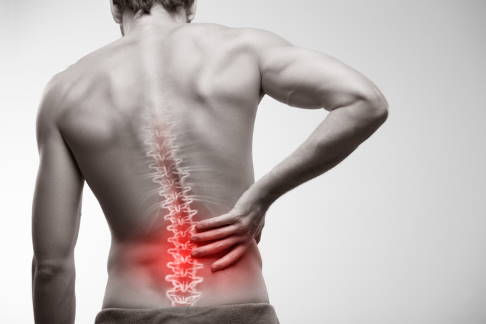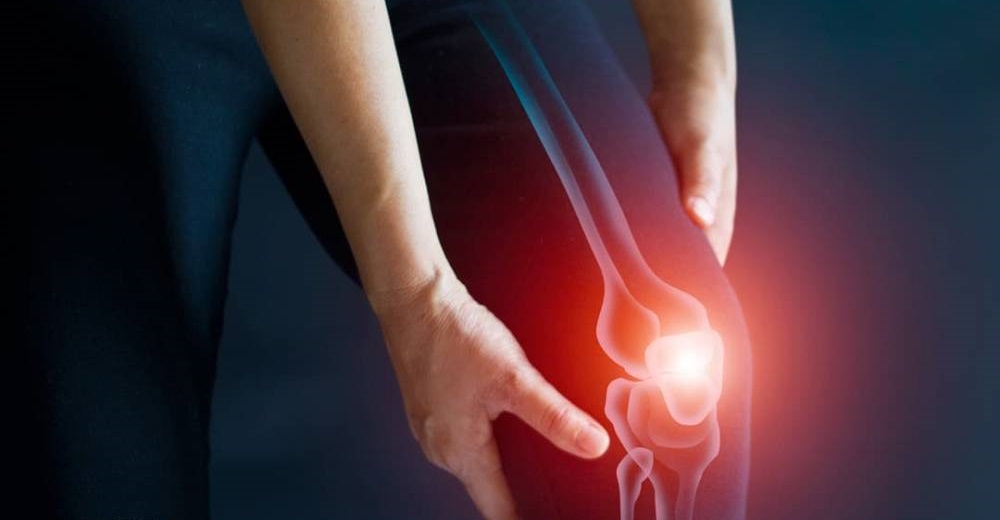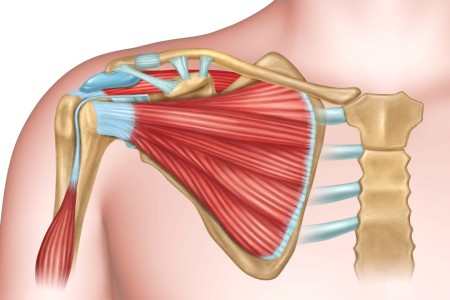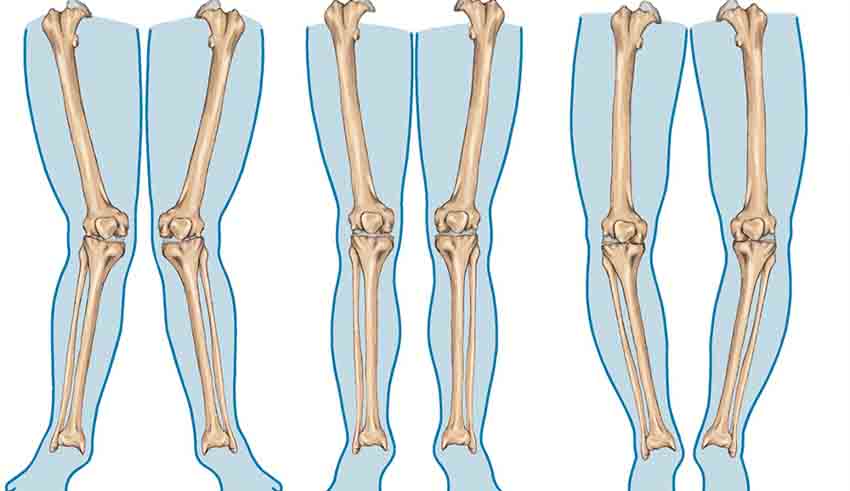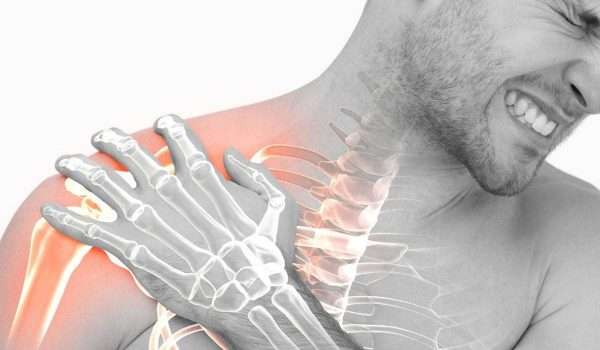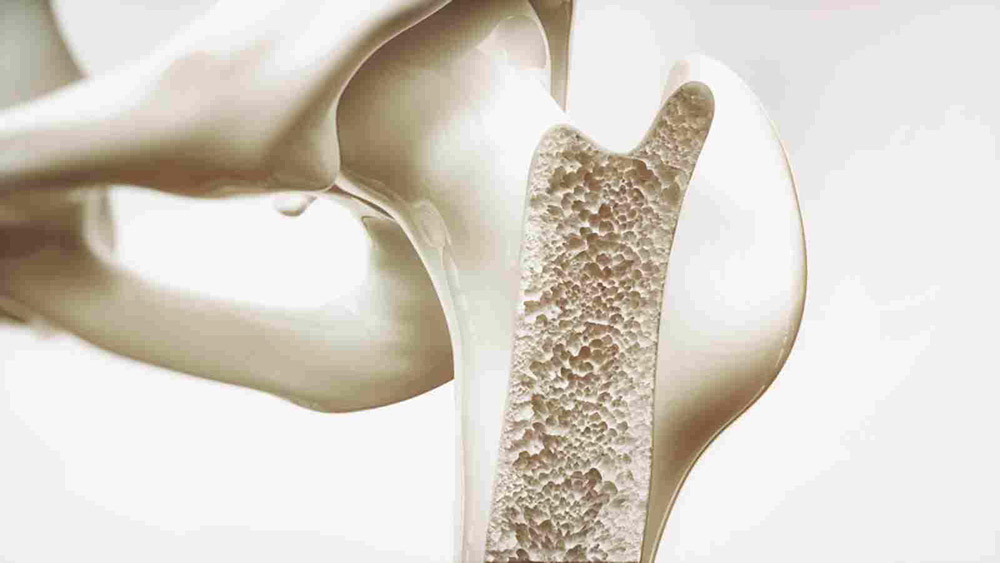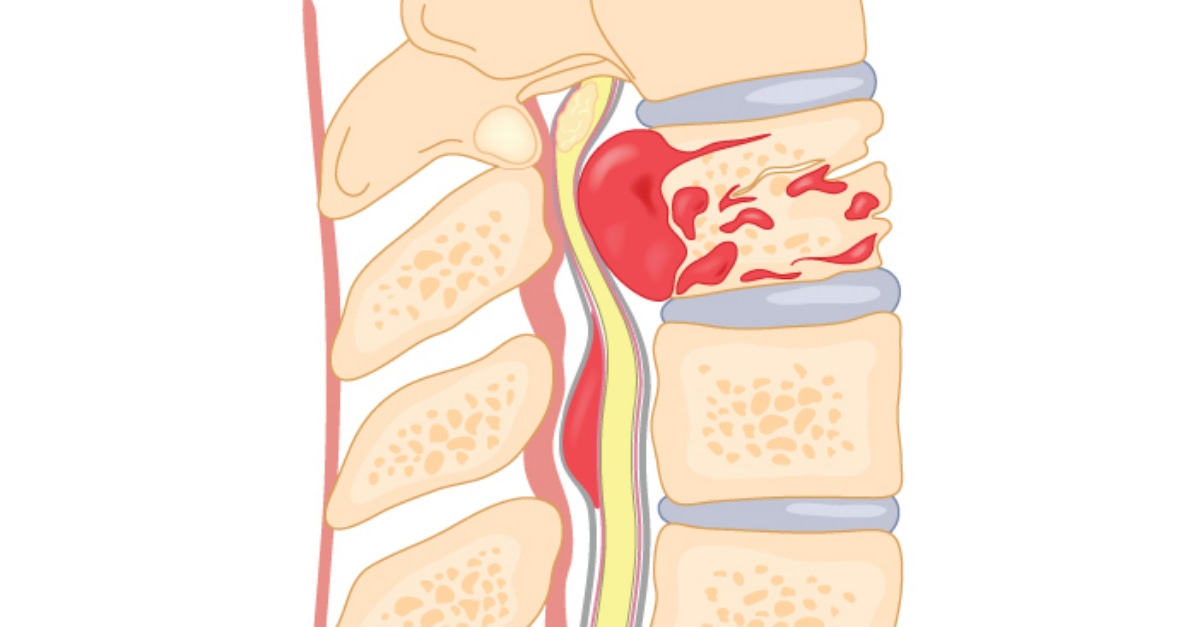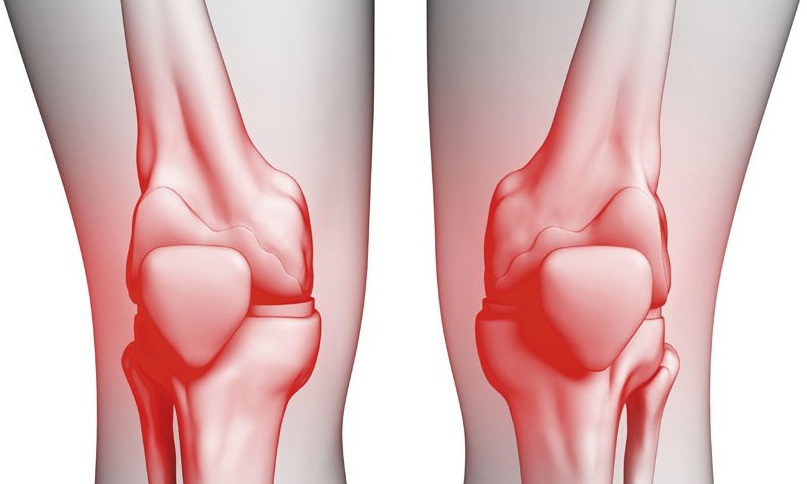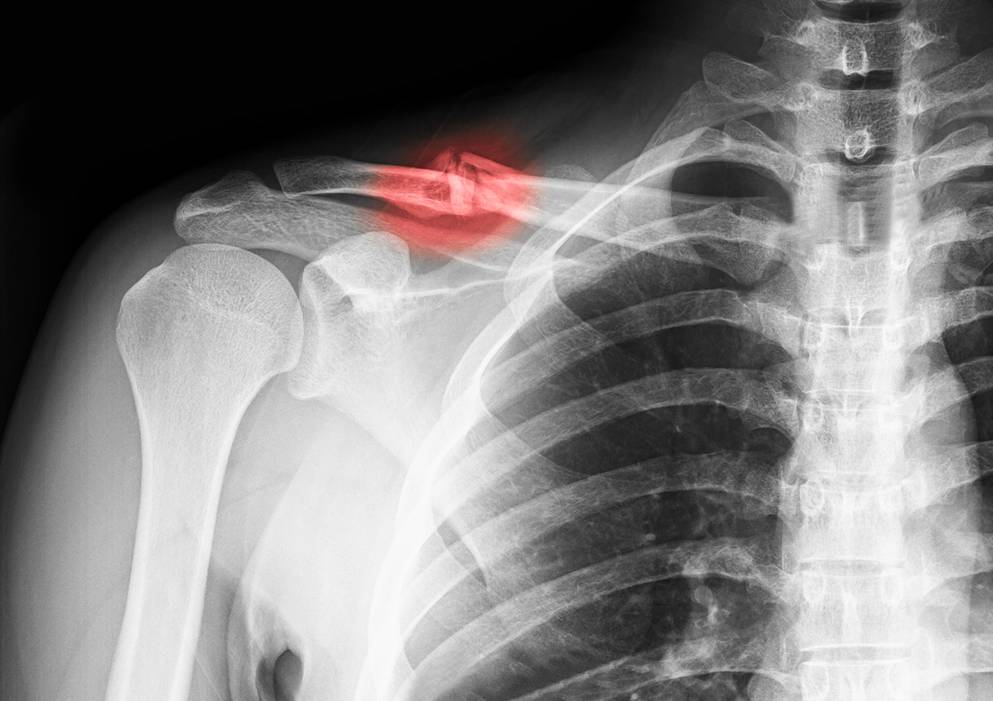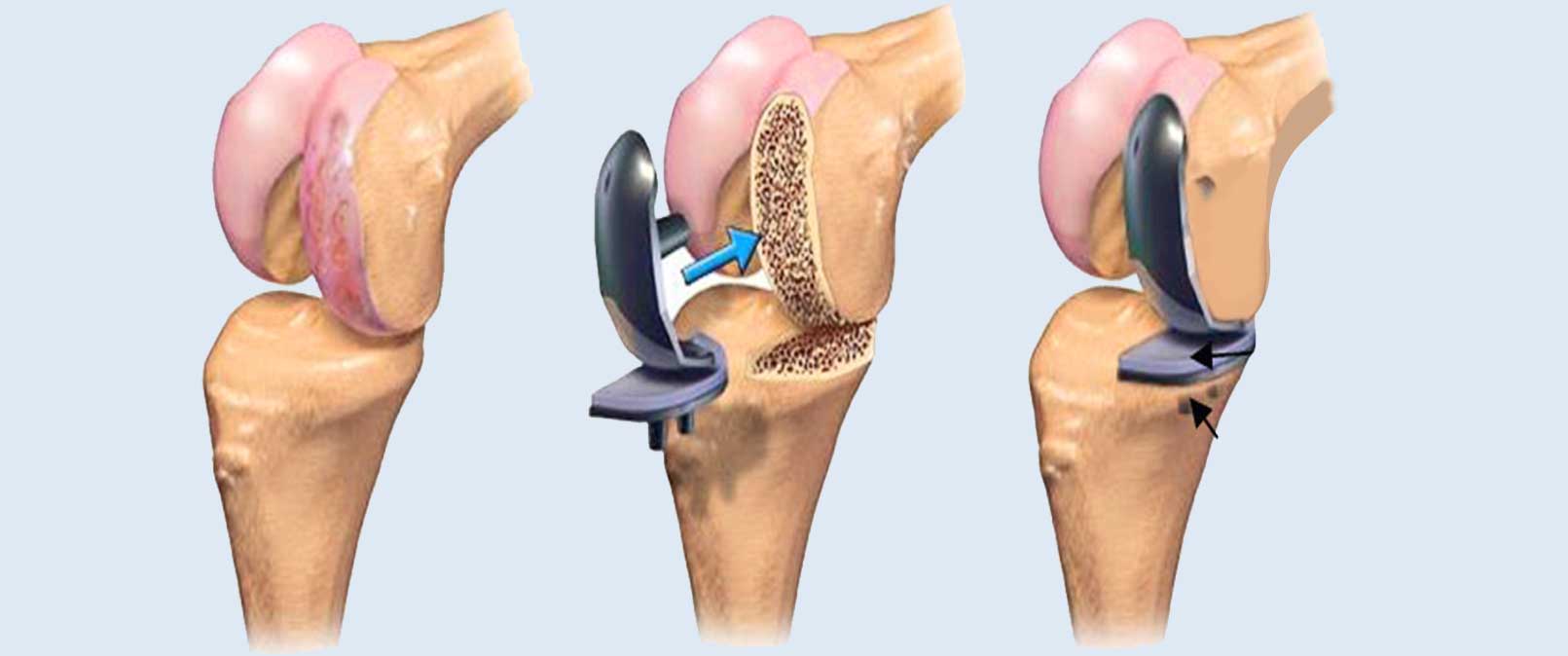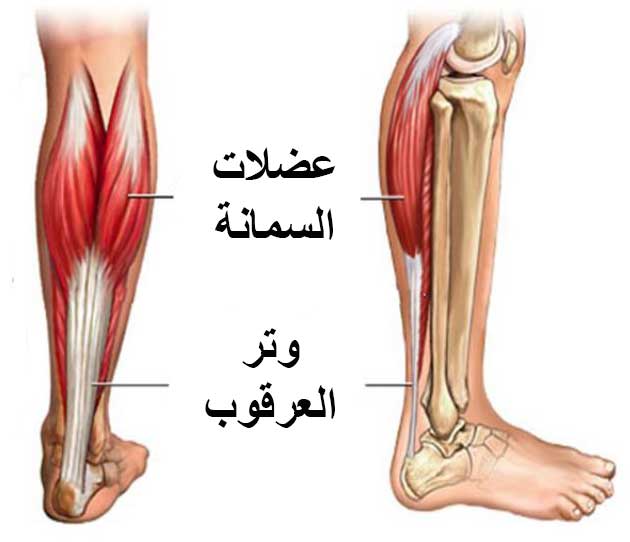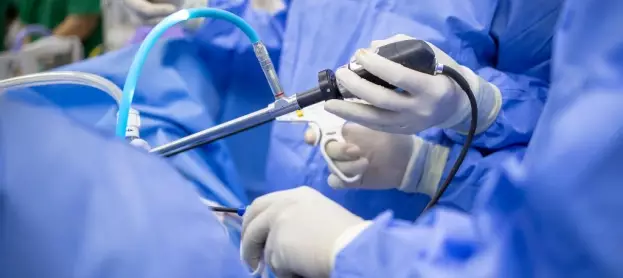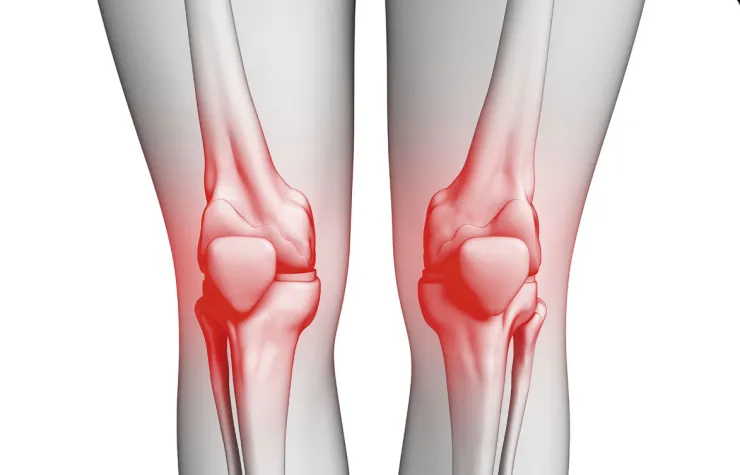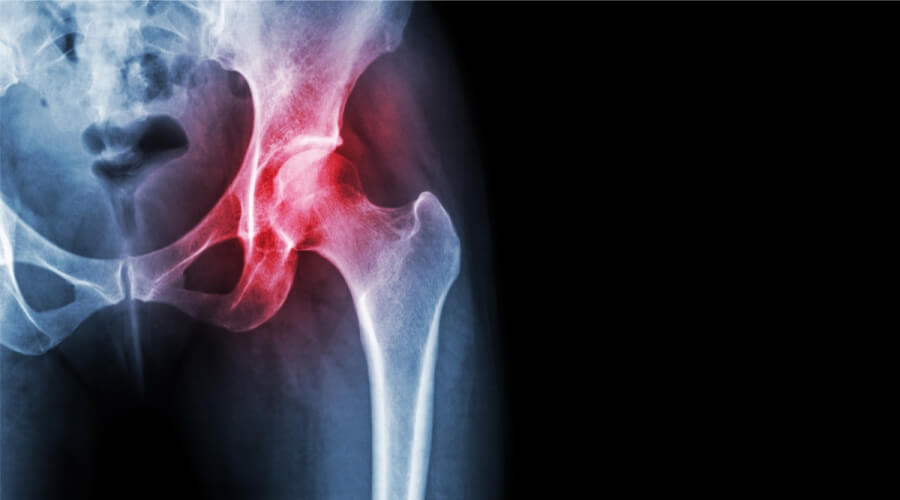?Learn about the process of installing a plate in the femur bone and what are the symptoms of this fracture occurring
Femoral intramedullary nailing, femoral intramedullary nailing is considered one of the modern and common ways to fix fractures in this area, and is widely used in elderly patients suffering from diabetes who respond poorly to traditional splints. The specialized orthopedic surgeon designs the procedure and determines the appropriate plate and screws according to the type of fracture and the patient’s condition, which we will get to know in this article.

Femoral intramedullary nailing procedure
Intramedullary nailing of the femur is one of the options relied upon to stabilize bones with severe fractures resulting from exposure to violent accidents or falls. This procedure is an effective option to maintain bone stability; a small plate made of metal or plastic is inserted, in addition to thin, small screws inside certain parts of the bone, to fix the bone and maintain its stability.
The nailing and screws implantation procedure is usually performed by an anesthesiologist who is responsible for sedating patients, which is necessary to perform the procedure efficiently and accurately. Since femur fractures heal after about 6 months, patients can gradually return to their daily activities after completing the necessary treatment. Doctors resort to using plates and screws in some cases of femoral neck fractures if conventional treatment is insufficient. Inserting an intramedullary nail depends on the availability of X-ray equipment to ensure the success of the procedure.
Medical research recommends that it is important to follow the doctor’s advice after plate and screw implantation, to avoid complications after the procedure. Excessive movement of fixed fractures may increase the risk of problems, and wound healing requires a certain period of time. Ultimately, doctors follow best medical practices to stabilize bones and rely on advanced medical tools and techniques to choose the option that suits the patient’s condition.
Get ready for a painless life with leading edge femoral plating technology from Dr. Amr Amel.
What is a femoral neck fracture?
A femoral neck fracture is a common injury in the elderly, which may result from a minor fall or violent trauma to the area. This injury consists of a tear or fracture in the femoral neck or the entire hip joint replacement, and these injuries usually occur in one of the narrow areas between the femoral head and the body of the bone. They require immediate treatment.
Since the femur is responsible for supporting and moving the body, a femoral neck fracture can lead to health complications and serious effects on the patient’s pattern of movement and daily life. Therefore, caution must be exercised and preventive measures taken to avoid this type of injury. If anyone is exposed to such injuries, an expert orthopedic surgeon should be contacted immediately for treatment.
Dr. Amr Amel: Where expertise and innovation meet to provide the best care in femoral plating.
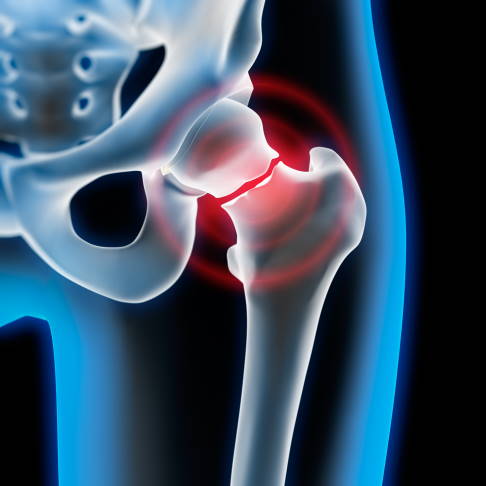
Symptoms of femoral neck fracture
A femoral neck fracture is a serious injury that requires immediate investigation of appropriate treatment. If this injury is diagnosed correctly, complete recovery without complications is possible. However, in many cases, this injury is not obvious, with mild pain and normal clinical tests. Still, anyone who suspects they have suffered such an injury should undergo medical examinations specific to the condition. In this article, we will discuss the symptoms of femoral neck fracture in a practical medical manner.
- Inability to bear weight on the leg: This is the most common symptom of neck fractures, which is the inability to stand on one leg or walk safely. This pain depends largely on the extent of bone damage and the size of the wound.
- Severe pain: A femoral neck fracture has many symptoms, but the most obvious is the severe pain that occurs in the hip on the lateral side or the edge of the hip.
- Inability to sleep: This manifests as difficulty sleeping due to the pain accompanying the neck fracture. It is also possible for this pain to be reflected in affected individuals waking up with a bedsore or sore in the morning.
- Inability to move: The severity of a femoral neck fracture varies, but in most cases, there will be an inability to perform many movements or gestures, which poses a challenge for those who value independence.
- Pain on pressure: If you press on the anterior neck area, you will feel severe pain, which is a strong indicator of a femoral neck fracture.
In general, proper treatment should be sought when a femoral neck fracture occurs, as this condition is usually handled surgically along with ongoing medical treatment. It should be noted that recovery sometimes requires a long period of time, and in such cases, movement will be gradually increased as slowly as possible, following a timeline spanning several months.
After femoral plating surgery?
Fixing plates and screws in the femur is an important surgery that requires attention to the following during recovery:
- Adequate rest: The femur needs adequate rest after this surgery, and swelling and pain may occur during the rest period, but this can be alleviated by following medical advice.
- Proper nutrition: Eating healthy, protein and vitamin-rich foods helps speed up recovery and healing from surgery.
- Exercise: After a period of rest, light physical exercises prescribed by doctors can be started to strengthen muscles and improve femoral mobility.
- Regular follow-up with the doctor: The patient must follow up on their condition with the doctor periodically to ensure the safety of the procedure and have a comprehensive view of their condition’s progression.
- Avoid bad habits: Foods high in calories, smoking, and excessive lazing should be avoided to ensure faster healing after surgery.
- Medication review: The patient must consult specialized doctors to check for necessary changes in prescribed medications and treatments.
- Adequate insurance: Rehabilitation and treatment after surgery may require high costs, so proper insurance coverage for those costs should be ensured.
Femoral plating surgery requires a long rehabilitation process. The patient must adhere to doctors’ instructions, proper nutrition, and discuss any inquiries or concerns with the medical team to ensure good and safe results after the procedure.
With Dr. Amr Amel, you are in safe hands for accurate and professional femoral plating.
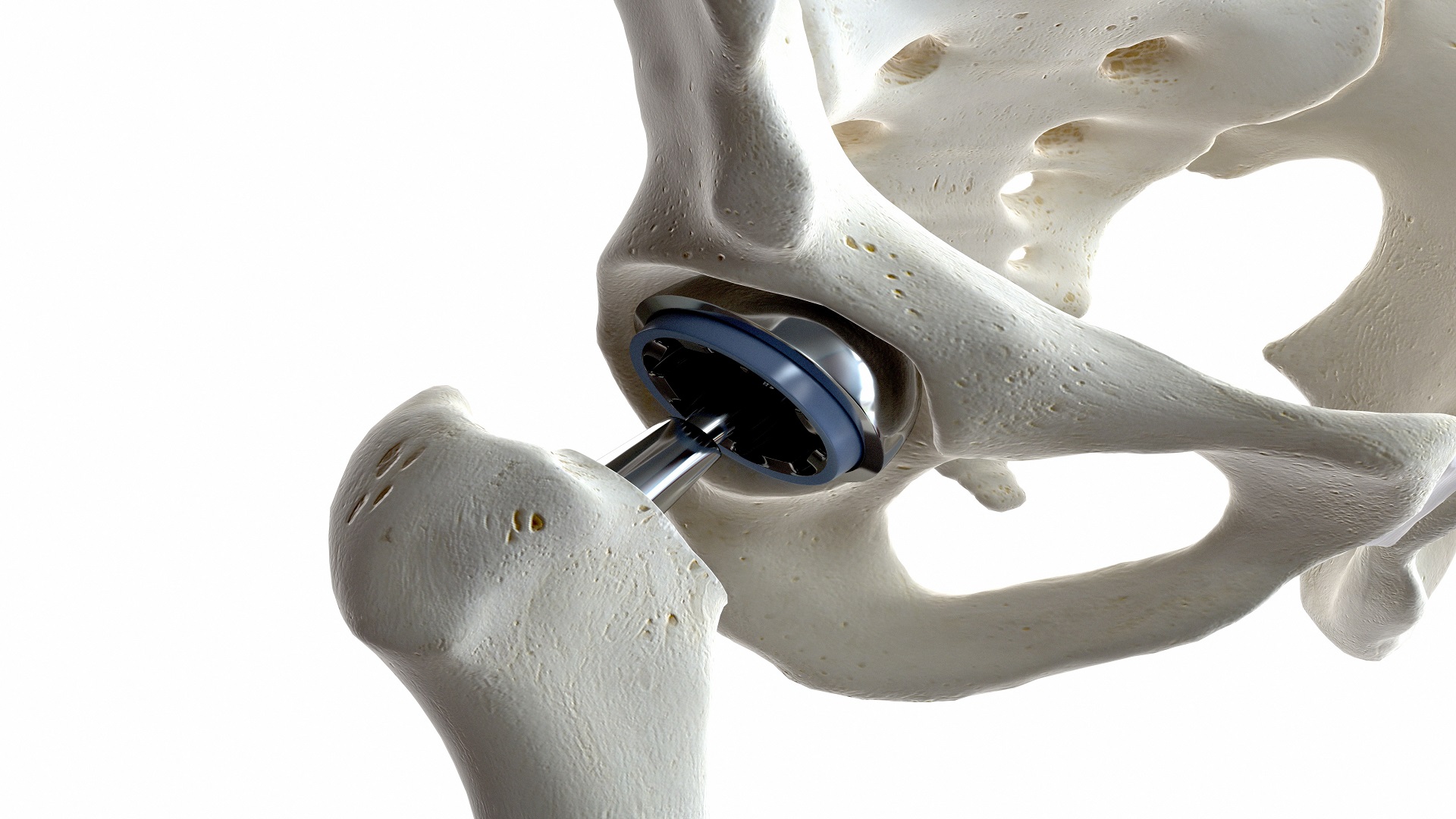
After how many days of a thigh bone fracture surgery can the patient walk?
The ability to walk normally after thigh bone fracture surgery depends on several factors, including doctor’s instructions and patient’s adherence to those instructions to expedite healing, undergoing physiotherapy and according to research, the patient can start walking exercises gradually after 4-8 days if he/she can bear full weight on the injured leg without difficulty, and without imbalance.The progress of the healing process also depends on the type of surgery and the patient’s condition and commitment to the doctor’s instructions and physical rehabilitation to support healing so in general, the patient can return to normal walking after a period ranging from 3 to 6 months after surgery, and this largely depends on their willpower and commitment to the doctor’s instructions and proper physiotherapy.
Regain your health quickly thanks to Dr. Amr Amal’s expertise in thigh plating.
How long does a hip fracture take to heal?
A hip fracture is one of the common injuries in accidents and sports injuries. For this injury, proper treatment is required to achieve complete healing. The healing time varies based on the type and extent of the injury. If the fracture is in the femoral neck, the fractures usually take 6-8 weeks to heal and the patient can return to mobility quickly. In cases where conventional hip fracture treatment fails, replacement of part of the hip joint may be recommended for adults in some cases.
For more serious injuries, treatment requires surgery and usually takes 6 months for complete healing. In this case, open reduction and internal fixation are used to repair the broken bones, and the injured may need to fix the fracture with a metal plate and compression screws to accelerate healing. In general, the patient’s condition should be evaluated on individual bases and necessary precautions taken into consideration to achieve the best therapeutic outcome.
Enjoy amazing results in thigh plating with superior care from Dr. Amr Amal.

Is thigh plating painful?
Yes, although the plating procedure itself is not painful during the surgery, patients may feel pain in the first few days after the operation. The severity of the pain depends on the type of fracture and plate. Patients are placed under anesthesia before the procedure, and are usually given adequate painkillers after returning from the surgery to relieve the pain.
In general, patients can start muscle strengthening exercises 6 months after plating surgery. However, it should be noted that in cases where the patient cannot bear weight on the affected part of the thigh, other procedures such as bone grafting and physical rehabilitation may be required to enable the patient to resume daily activities. Some patients may sometimes experience pain due to the plates and screws, and in such cases, the treating physician should be contacted to take appropriate measures to relieve the pain and other symptoms associated with the plates and screws.
Aftercare for femoral neck fracture cases
Femoral neck fracture surgery is one of the surgical procedures that many may face, and it takes time to heal and restore normal body movement, requiring special care during the post-operative period. For femoral neck fracture cases, we outline the aftercare as follows:
- Rest: The post-operative period requires complete rest and relaxation, and if your condition requires sleeping in a certain position, you must continue to do so until complete recovery.
- Sitting position: If your preferred position is sitting, choose a posture that supports your back and reduces pressure on the affected area, by using special supporting pillows.
- Taking medications: Some prescribed medications must be taken regularly during the post-operative period, in order to maintain health and speed recovery.
- Adhering to physiotherapy: After the medical observation period, you will need special physiotherapy to enhance impaired movement and restore health to your body. This exercise is calculated based on your speed and level of pain, and you must commit to performing the prescribed athletic exercises by the doctor.
- Healthy diet: You should eat healthy foods that contain the necessary protein and calcium for the rapid recovery of the bone and faster healing.
- Following up on medical consultation: You must adhere to prescribed medical consultation visits until the doctor’s opinion is obtained, and you should always be in touch with your doctor in case of any complications.
- Adhering to preventive steps: You should avoid strenuous activities and excessive pressure on the affected area until complete recovery. If the pain persists, you can use crutches to relieve pressure and pain.
- Positivity: You must maintain a positive mood and be optimistic about quick recovery, so that this contributes to promoting mental health and general health improvement.
In the end, everyone does not differ on this sensitive point, after femoral neck fracture surgery, the body must be cared for very much, as the surgery requires complete care and more patience to get out of this situation and return to a state of normal health.

Why is a hip bone fracture considered one of the most dangerous types of fractures?
If you are an elderly person, maintaining a healthy lifestyle and continuous activity can reduce your chances of sustaining a hip fracture, which is the most dangerous and common type of fracture among the elderly. If you want to learn more about why a hip fracture is considered dangerous, you can read these exclusive points presented to you in this article.
- Causes of hip fracture: Hip fractures occur due to falls, especially among the elderly, and the common causes of falls are heart problems and dizziness.
- Risk of hip fracture: Hip fractures are particularly dangerous because of their impact on the bone’s blood supply. When this supply is weak, it can lead to bone necrosis and bone death.
- Psychological effects of hip fracture: The fracture can lead to feelings of fear, helplessness and anxiety, and can contribute to reduced daily activity, and therefore, can affect overall health.
- Hip fracture treatment mechanism: The mechanism of hip fracture treatment depends on the characteristics of the fracture and in some cases surgery can be performed to maintain early mobility and prevent complications that may occur.
If you have a hip fracture, it is best to consult a specialist, who is the best person to identify the characteristics of your fracture and determine the appropriate treatment.
Best Orthopedic Surgeon in Egypt
Dr. Amr Amal is considered one of the best orthopedic surgeons in Egypt, working as an orthopedic consultant at Ain Shams University, in addition to being a faculty member at the same university and a fellow at RWTH Aachen University in Germany.
Dr. Amr Amal is distinguished by his extensive experience in this field, specializing in many bone and joint injuries. In addition, Dr. Amr Amal works as an instructor in orthopedic, arthroscopic and joint replacement surgeries at Ain Shams University, with unique expertise in this field.
If you suffer from bone and joint injuries or acute pain in these areas, Dr. Amr Amal is the ideal choice for you, as he provides his services with a high professional level and practical medical approach, which helps achieve the best results for patients.


